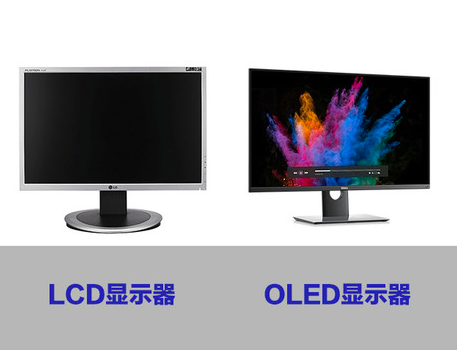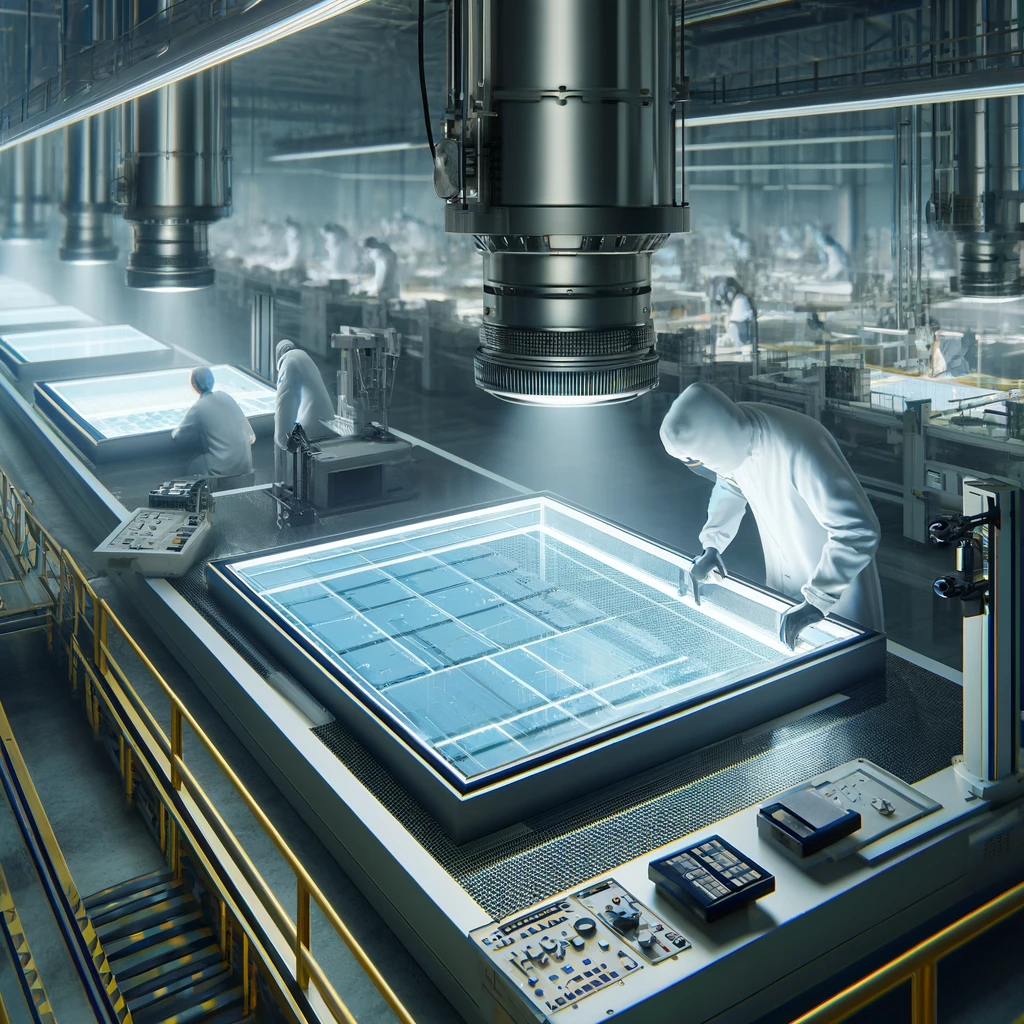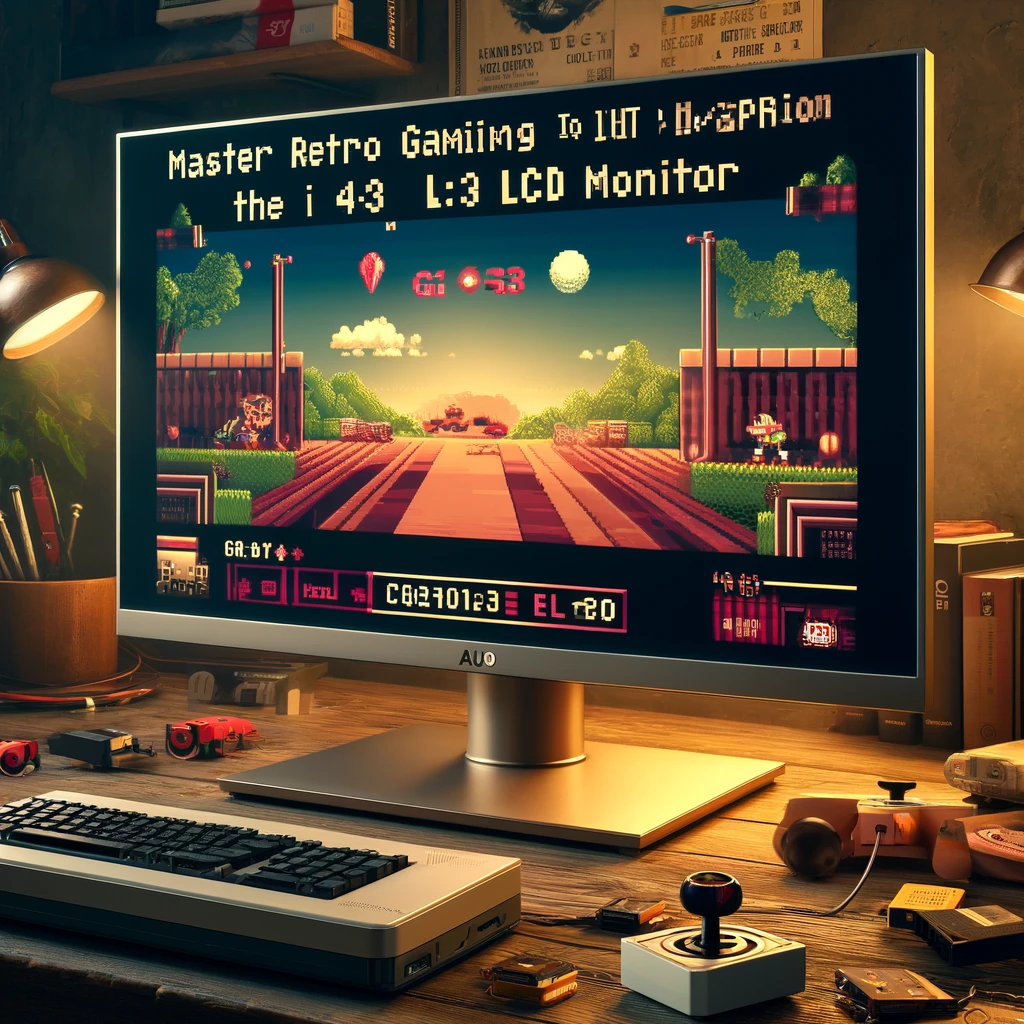In the world of displays, two major players have emerged: Liquid Crystal Displays (LCDs) and Organic Light-Emitting Diodes (OLEDs). Both technologies have their own strengths and weaknesses, and choosing the right display for your needs depends on a number of factors.

1. Brightness and Viewing Angle
LCDs are known for their brightness and wider viewing angle. This makes them a great choice for outdoor use, such as in digital billboards or outdoor displays. However, the backlighting used in LCDs can cause some color shift when viewed from off-center angles.
On the other hand, OLEDs do not require backlighting, as each pixel emits its own light. This allows for deeper blacks and greater contrast, but the viewing angle is more limited compared to LCDs.
2. Picture Quality
OLEDs offer excellent picture quality, with deep blacks, vibrant colors, and a high contrast ratio. This makes them a popular choice for high-end televisions and displays. OLEDs are also more flexible than LCDs, which allows them to be curved or even folded without affecting the display quality.
LCDs, on the other hand, have come a long way in terms of picture quality, and many models now offer HDR (High Dynamic Range) and other advanced features. However, they still tend to have less deep blacks and lower contrast compared to OLEDs.
3. Power Consumption
OLEDs have a lower power consumption compared to LCDs, as each pixel can be turned off when displaying black. This results in longer battery life for devices like smartphones and laptops.
LCDs, on the other hand, require backlighting, which consumes more power. However, the power consumption difference between the two technologies is becoming smaller, with advances in LCD backlighting and energy-saving features.
4. Cost
OLED displays tend to be more expensive than LCD displays, due to the more complex manufacturing process and the higher cost of materials. However, prices for OLEDs have come down significantly in recent years, making them more accessible to the average consumer.
LCDs, being a more established technology, are available at a much wider range of price points. They are also used in a variety of applications, from monitors and televisions to laptops and smartphones, which has driven down costs through mass production.
In conclusion, both LCD and OLED displays have their own unique strengths and weaknesses. Choosing the right display depends on your specific needs, such as picture quality, power consumption, and cost. When making a decision, it is important to consider the type of use you have in mind and your budget.


 The Elegance of Glass LCD Displays: Applications and Advantages
The Elegance of Glass LCD Displays: Applications and Advantages
 Retro Gaming Revisited: Embracing the Charm with the Right LCD Monitor
Retro Gaming Revisited: Embracing the Charm with the Right LCD Monitor
 Enhancing Vehicle Safety with Advanced Rear View LCD Technology
Enhancing Vehicle Safety with Advanced Rear View LCD Technology
 Seeing Clearly: The Design and Importance of Sunlight Readable LCD Monitors
Seeing Clearly: The Design and Importance of Sunlight Readable LCD Monitors